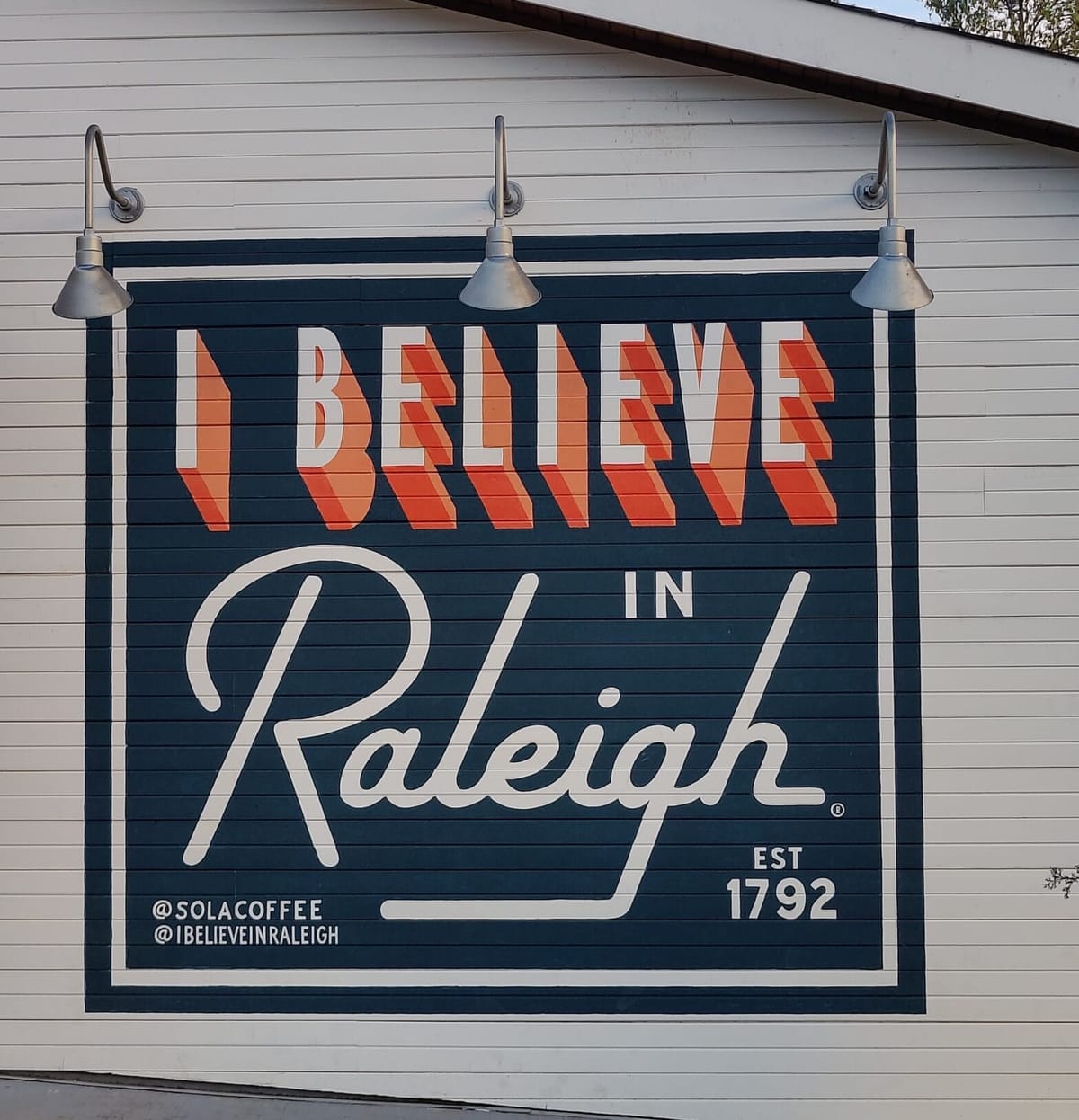Raleigh's Real Estate Market: Trends and Forecasts for 2024

Raleigh, North Carolina, has become one of the Southeast’s most sought-after cities, capturing attention with its job growth, high quality of life, and mix of urban and suburban charm. Whether you’re a prospective buyer, seller, or investor, understanding the trends and forecasts for 2024 can help you make informed decisions. Here’s an in-depth look at what to expect from Raleigh’s real estate market in the coming year.
One of the primary drivers of Raleigh’s housing demand is its population growth, largely spurred by a booming job market. Proximity to the Research Triangle Park (RTP), which houses over 300 companies, has made Raleigh a magnet for tech professionals. With a steady influx of high-paying jobs, particularly in tech and healthcare, the city’s population has been rising steadily. According to the Raleigh Chamber of Commerce, this growth is expected to continue in 2024 as new projects and corporate relocations bring more residents into the area. As housing demand rises in tandem with population growth, this influx will continue to impact both property values and rental rates.
Raleigh has been dealing with an inventory shortage for several years, and 2024 may continue this trend. Although new construction projects are underway, they may only partly alleviate the tight supply, especially in high-demand areas. According to a recent report by Zillow, Raleigh’s new developments are aimed at creating more single-family homes, townhomes, and multifamily housing options. However, demand is expected to outpace supply, meaning buyers may continue to experience competitive conditions, especially in desirable neighborhoods like North Hills, Oakwood, and Five Points. Home prices in Raleigh have shown consistent growth over the past several years, though experts anticipate that this appreciation may moderate slightly in 2024. CoreLogic’s Home Price Insights report suggests that the overall pace of price growth in the U.S. is stabilizing, and Raleigh will likely follow this trend. Nevertheless, areas close to RTP and downtown Raleigh are expected to experience higher-than-average appreciation. For buyers, this means acting sooner could lock in better prices, especially in popular neighborhoods.
Interest rates are another significant factor affecting affordability in Raleigh. With current rates higher than in recent years, buyers are keenly watching for any stabilization. The Federal Reserve's recent reports suggest that rates may remain elevated throughout 2024. Consequently, buyers are increasingly exploring adjustable-rate mortgages (ARMs) and other financing options to manage costs. Staying informed about rate trends is crucial in this environment, as even slight changes can substantially impact monthly payments. Buyers considering a purchase should talk to local lenders to explore creative financing solutions tailored to their needs.
Raleigh’s rental market also shows signs of strength, making it an attractive option for real estate investors. A report by RentCafe indicates that rental demand in Raleigh is high, particularly among young professionals and recent transplants. The strongest demand for rentals is found near employment hubs like downtown Raleigh, North Hills, and the areas surrounding RTP. With home prices rising and rental demand remaining steady, Raleigh continues to offer promising opportunities for investors. Long-term rental properties in particular are showing strong returns, and the outlook for investors remains positive in 2024.
Several emerging trends in Raleigh's real estate market reflect broader shifts in how people live and work. Sustainability and green building practices are gaining popularity, with developers incorporating more energy-efficient materials and eco-friendly designs. The hybrid work model, which allows people to work remotely part of the time, has also influenced buyer preferences. Homebuyers are now prioritizing properties with home office spaces or flexible layouts that support remote work. As a result, properties featuring eco-friendly elements and adaptable home offices are likely to command a premium. Additionally, mixed-use developments are on the rise, particularly in suburban areas around Raleigh. These developments blend residential, retail, and office spaces, catering to young professionals and families looking for convenience and community in one place.
Some neighborhoods in Raleigh are particularly worth watching in 2024. North Hills, known for its upscale shopping and dining, has become a sought-after destination for families and young professionals alike. With its blend of residential options and proximity to both downtown and RTP, North Hills is expected to see continued interest and appreciation. Five Points is another popular neighborhood that offers a unique, historic atmosphere and a close-knit community feel, making it a highly desirable area. Oakwood, with its historic homes and easy access to downtown, appeals to buyers looking for a balance of character and convenience. These neighborhoods reflect the trends in Raleigh’s market and are expected to remain attractive to buyers seeking stable appreciation and a strong sense of place.
Whether you’re a buyer, seller, or investor, 2024 is shaping up to be another dynamic year for Raleigh’s real estate market. The ongoing growth in population and job opportunities, combined with emerging trends like sustainable building and mixed-use developments, will play significant roles in shaping the market’s direction. For buyers and investors, staying ahead of the curve with a clear understanding of Raleigh’s real estate landscape is essential. Sources like Zillow, CoreLogic, and RentCafe provide invaluable data and insights, helping you make decisions that align with both current trends and long-term goals. If you’re ready to explore the opportunities that Raleigh has to offer, FindYourNC is here to help. Reach out for expert guidance as you navigate this exciting market and make Raleigh your home.


